A Field Day
It is a rare weekday when I can slip away from the College. Yesterday with my colleague Brent Owens and research fellow John Hollis we played hooky and went to the field. Three weeks from now Brent and I will be leading a field trip for the Geological Society of America’s annual meeting: Traversing suspect terranes in the central Virginia Piedmont: from Proterozoic anorthosites to modern earthquakes. We needed to scout out stops, talk with quarry managers who are granting us access, and ‘beautify’ a few outcrops. It was a fine day to be in the field.
We started our adventure at the anorthosite quarry. Anorthosite is a curious igneous rock composed mostly of the mineral feldspar. Much of the Moon’s crust is composed of anorthosite, but it’s uncommon in the Earth’s crust. The anorthosite crystallized about a billion years ago, and it was metamorphosed and deformed multiple times during the Paleozoic before being intruded by dark diabase dikes about 200 million years.
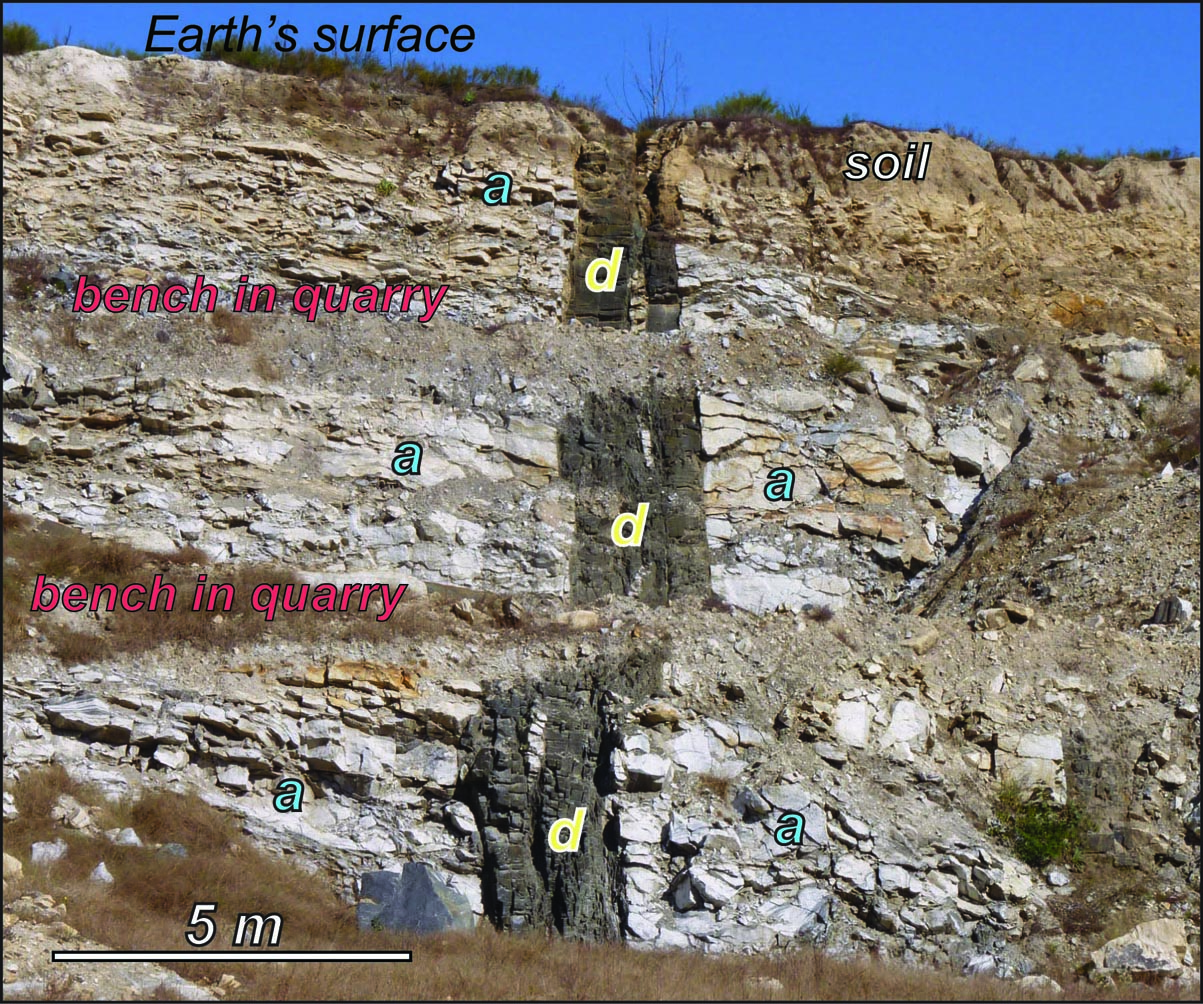
A view from the bottom. A diabase dike (d) cutting anorthosite (a). Note the white pieces of the older anorthosite entrained in the diabase dike.
At a series of outcrops dotting a cow pasture near Cuckoo, Virginia we delighted in Garbenschiefer. What’s garbenschiefer you ask? It’s a schistose rock characterized by poikiloblastic, subidiomorphic, porphyroblasts of amphibole. Got it!?! In essence, they are the eye-catching radiating crystals of the needle-like mineral hornblende in the foliation plane—just how they form is a mystery.
We spruced up an outcrop exposed along Virginia Route 6 in Goochland County. This is a classic outcrop, but the roadside vegetation was riotous and covering up the rocks. We trimmed back the bushes and even swept off the outcrop with a broom (you should have seen the quizzical looks on the faces of passing motorists).
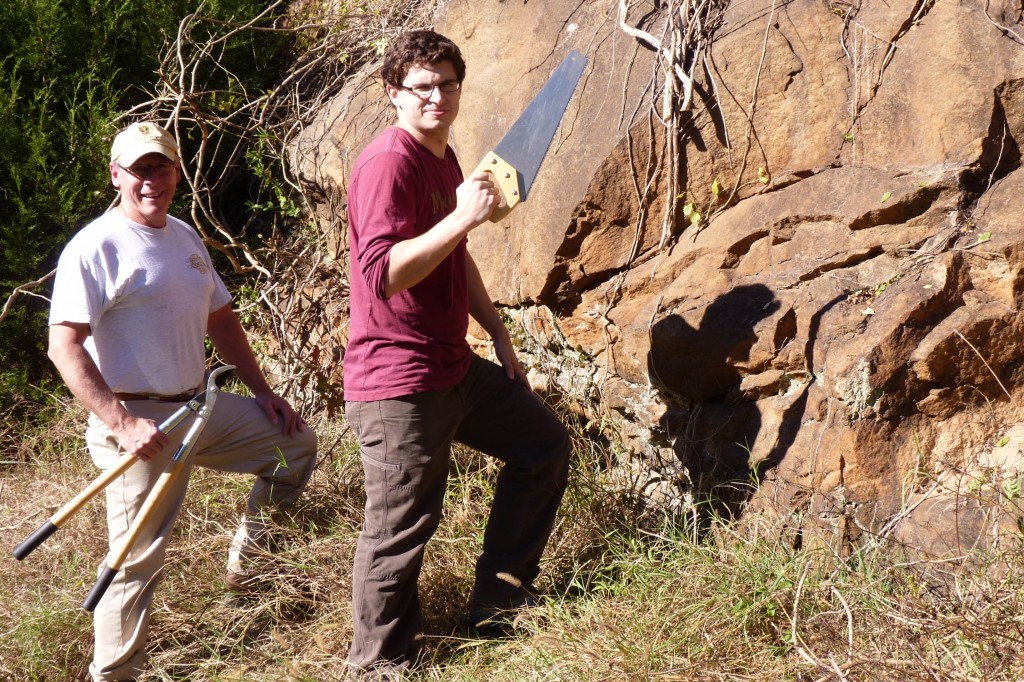
Men at Work. Professor Brent Owens and John Hollis with the tools of their trade beautifying a roadside outcrop.
Take a look at what our handy work exposed!
These rocks have experienced a complex history—the lighter-colored rock is a granite that intruded into the darker gneissic rocks, and then the whole sequence was contorted multiple times. What are the requisite physical conditions and forces necessary to fold and refold rock and when did these rocks become distorted? As a structural geologist these are the questions I seek to answer.
In three weeks we’ll revisit these outcrops with a passel of geologists in tow. The Piedmont is the ancient core of the Appalachian mountain system and we can learn much about igneous and metamorphic processes by studying these rocks. Yesterday’s field day was a reminder of the excellent geology we have close at hand here in Virginia and got me stoked about showing off these rocks to fresh eyes in few weeks.
Comments are currently closed. Comments are closed on all posts older than one year, and for those in our archive.

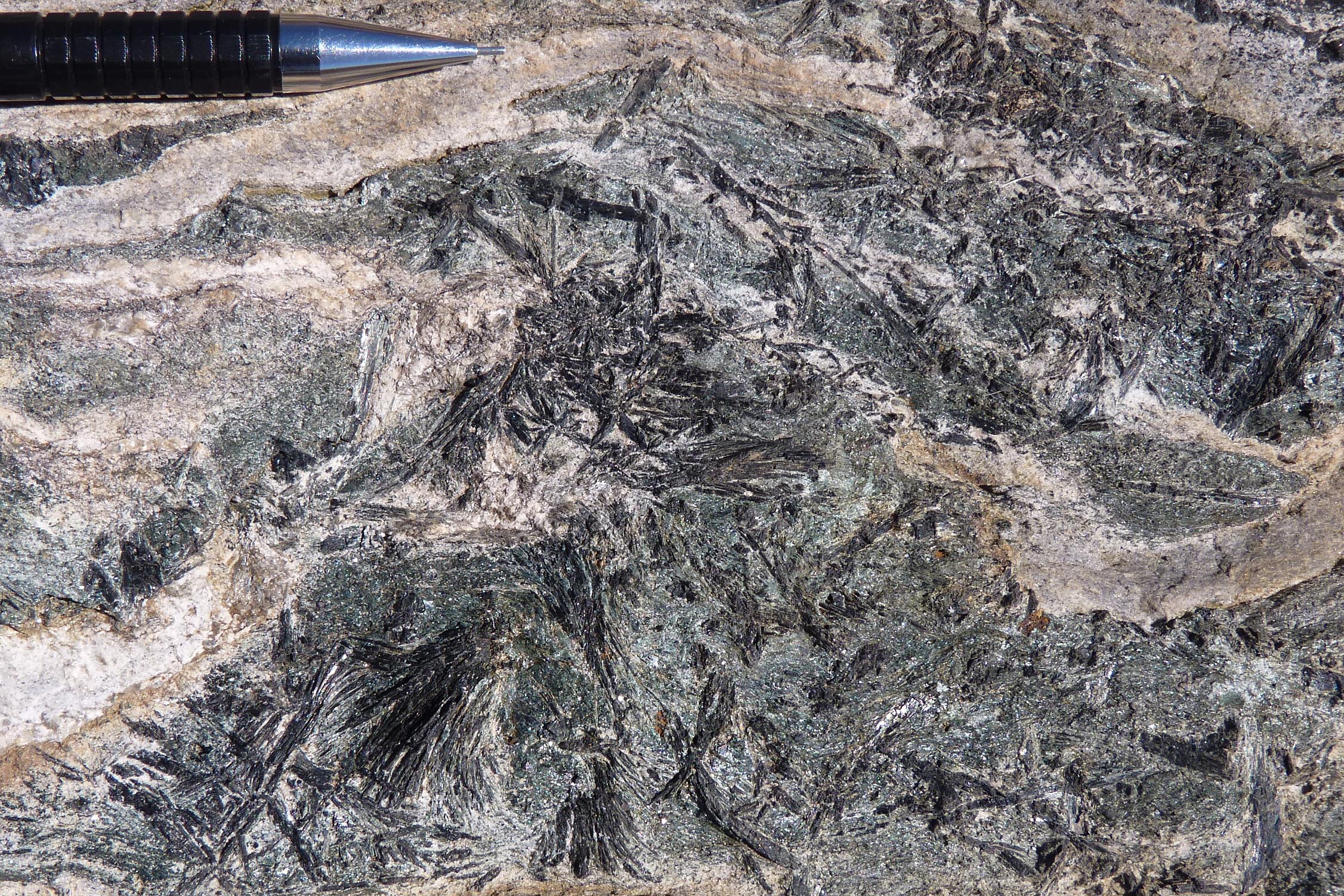
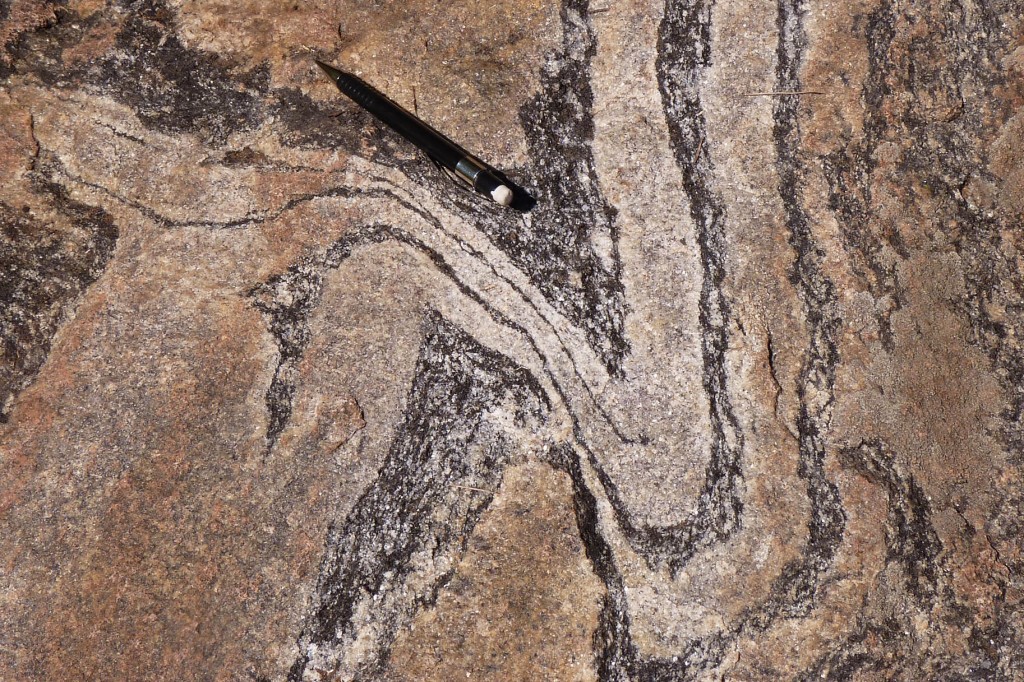
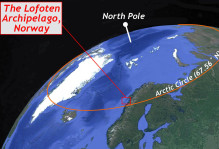
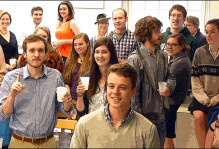

Garbenschiefer is awesome. Found some in Tibet along the Great Counter Thrust system last summer!
Chuck! You need to give us some hints on Brick Problem!!!
Wow.. especially like the pic in the Virginia Piedmont!
Do you know if there’s an equivalent English term for Garbenschist? Thanks!